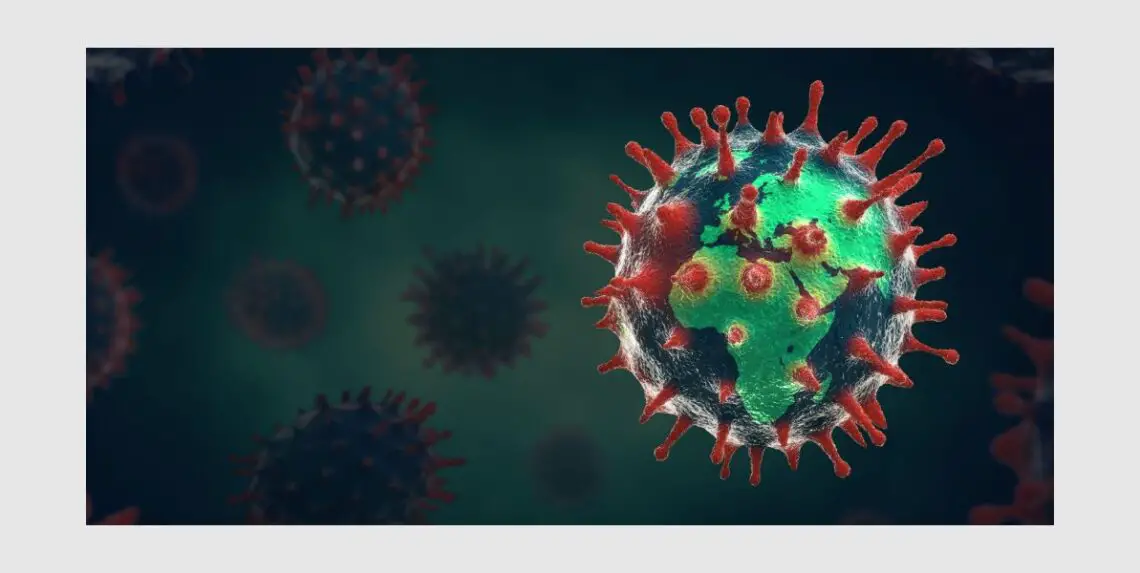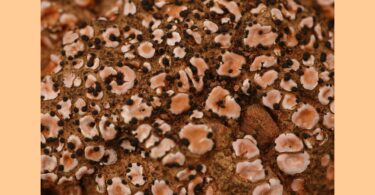Homeoprophylaxis is the use of one or a small group of remedies, given to healthy people in the case of epidemic disease. The prophylactic remedy, referred to as the Genus Epidemicus (GE), is chosen based on the corollary of symptoms presented by a group of people with the named disease and has had a curative action on those patients.
Individually some the symptoms of the disease are striking or characteristic, yet these same unusual symptoms present in many of the people who have the disease. Thus, one or a small group of remedies is able to treat many of the people who present with these symptoms and may also be used prophylactically for people who will be or have been exposed to the disease.
It is however important to note, that no matter what the disease, not everyone has the same level of susceptibility, therefore there is a portion of the population that will not fall ill during any given epidemic, regardless of whether or not they use homeoprophylaxis.
While nosodes may be prescribed in a similar way to any other remedy, they may also be used as another form of homeoprophylaxis. A nosode is prepared from diseased tissue of an individual with a diagnosed disease. For example, the homeopathic nosode Tuberculinum is prepared from the pure cultivation of tubercle bacilli, but because homeopathic nosodes, like any other remedy, are prepared through a process of dilution and succussion, there are no or only minimal molecules that remain in the final preparation, rendering them non-toxic, non-addictive and completely safe.
When using a nosode for homeopathic prophylaxis, it is not necessary to differentiate the symptoms of the disease in order to prescribe it, like when using the GE. This method differs from the use of the Genus Epidemicus, in that the remedy is not prescribed to a person with the active disease, but instead used only as prophylaxis. (It is not advisable to use a nosode in the epidemic disease once the person has fallen ill; rather, it would be preferable to take the individual case of the disease or in some cases, refer to the GE of the particular epidemic.)
Homeoprophylaxis has been used since Samuel Hahnemann, the founder of Homeopathy, first used the homeopathic remedy Belladonna to prevent scarlet fever in 1799[1]. During the Spanish Flu epidemic of 1918, homeopaths used homeoprophylaxis and had a mortality rate of just over 1% among their patients, whereas allopathic doctors lost approximately 30% of their patients to the Spanish flu.[2] Homeoprophylaxis has been used in other early epidemics such as smallpox, cholera, diphtheria and polio.
More recently, it has been used in Brazil to prevent Meningitis and is actively used in Cuba in the prevention of Leptospirosis.6 There is some evidence to suggest that homeopathic remedies induce an antibody response. The oldest study is from 1932, where Dr. Chavanon measured the antibody response to the homeopathic nosode Diphtherinum, used to prevent Diphtheria. His results were reproduced by Drs. Boyd and Patterson using the Schick test.7
It was this knowledge, that led me to investigate the use of the Corona virus nosode as Homeoprophylaxis in the SARS-CoV-2 (Coronavirus disease). I was able to obtain a graft of the nosode prepared from the sputum of an individual that was diagnosed through the use of PCR testing and symptomatic with SARS-CoV-2 (Coronavirus disease). The original nosode was made from nasopharyngeal swabs, alveolar lavage fluid and sputum from a Chinese patient. The remedy was made in a laboratory in China, in the traditional way; (dilution and succussion) and I administered a graft of it, with consent, to 116 people ranging in age from 3 to 90 years of age. The trial has been taking place consistently since March 30, 2020 and I will continue to monitor the patients involved, as well as new ones that request homeoprophylaxis.
The protocol I used, is as follows:
Corona 2019 Graft of Nosode in 200C potency.
One dose of 2 pellets, once every 2 weeks, or until symptoms arise.8 This is to be continued for 2 months. Patients who suspect or confirm exposure to positively tested and symptomatic persons, are to take the remedy once a day for 3 days and then resume the bi-weekly protocol. After two months, the nosode was to be taken as needed, if concerned about exposure.
At the time of writing, (August 20, 2021) out of 116 patients, there have been no confirmed positive cases and no symptomatic cases in these patients. There has been one false positive case (patient #7, age 31, female). Patient #7 was tested with an antigen quick test and received a positive result but was asymptomatic. The following day she was given a PCR test based on the cycle threshold (CT) value of the qRT-PCR of 30 cycles and was negative and continued to be asymptomatic. No quarantine followed
- Gustavo Bracho, E. Varela, R. Fernandez, et al., “Large-scale application of highly-diluted bacteria for Leptospirosis epidemic control.” Homeopathy, (2010); 99: 156-166.
- Patterson, J and Boyd WE. “Potency Action: A Preliminary Study of the Alteration of the Schick Test by a Homeopathic Potency.” British Homeopathic Journal 1941; 31: 301-309.
Patients with specific areas of susceptibility had a tendency to produce symptoms after taking the nosode. For example, a patient with a history of sore throats, produced a short-lived (2 hours) sore throat after taking the nosode. This was an indicator to stop the remedy. Another patient, with a history of bronchitis, produced a cough for ½ day without any of the usual accompanying symptoms. This again, was an indicator to stop the remedy.
Incidence
Of the 116 patients to date, 32 lived in a household where others did not take the nosode, were symptomatic and tested positive on PCR test. The patients taking the nosode did not contract the virus despite continued exposure.
Of the 116 patients to date 21 lived in a household where others did not take the nosode, were asymptomatic, but tested positive on PCR test and were required to quarantine. The patients taking the nosode did not contract the virus despite continued exposure.
Of the 116 patients to date, 42 were exposed in the workplace to employees that were symptomatic and subsequently tested PCR positive. The patients taking the nosode did not contract the virus despite continued exposure.
Of the 116 patients to date, there have been no positive cases, despite exposure both in close family contact and in the workplace to confirmed positive cases.
Of the 116 patients, 9 have been voluntarily tested for antibodies. They have never been symptomatic, have never had a positive antigen or PCR test, yet have antibodies for SARS-CoV-2 (COVID-19). This may indicate that the nosode produces antibodies, however further laboratory study would be required and the concept of herd immunity cannot be ruled out.
Breakdown of ages:
3-6
1 7-15 6
16-20 7
21 – 30 12
31- 40 16
41 – 50 13
51 – 60 29
61 – 70 16
71 – 80 11
81 – 90 5
116
Conclusion
Given the confirmed number of patients that were exposed to confirmed cases of the virus, in this small sample, there seems to be a strong signal indicating usefulness in prevention of SARS-CoV-2 using the graft of the COVID-19 nosode for homeoprophylaxis.
If and when any of the patients being monitored become vaccinated, they will be dropped from the study as at that point the validity of the findings will no longer be useful.
I am hopeful that homeopathy will be a large contributor to the prevention and treatment of Corona virus and will be recognized around the world.
[1] R.E. Dudgeon, “Cure and Prevention of Scarlet-Fever,” The Lesser Writings of Samuel Hahnemann, (New Delhi: B. Jain Publishers Pvt. Ltd., 2001), 369-385.
[2] Sandra J. Perko, Ph.D., C.C.N., The Homeopathic Treatment of Influenza, Surviving Influenza Epidemics and Pandemics, Past, Present and Future With Homeopathy, Special Bird Flu Edition, (San Antonio: Benchmark Homeopathic Publications, 2005), pages 103-111.






Very impressive report on Homeoprophylaxis with the COVID nosode. From where is it available
Very impressive report on Homeoprophylaxis with the COVID nosode. From where is it available?
Where can I purchase this nosode? I am a homeopath who regularly uses nosodes.
Thank you for Sharing!
Are there any reasons why the Nosode is Not indicated?
Like If the Patient Already has very high COVID Antibody over 10,000?
I am Asking because I read the Nosode can produce antibodies and some Already have to much of them.